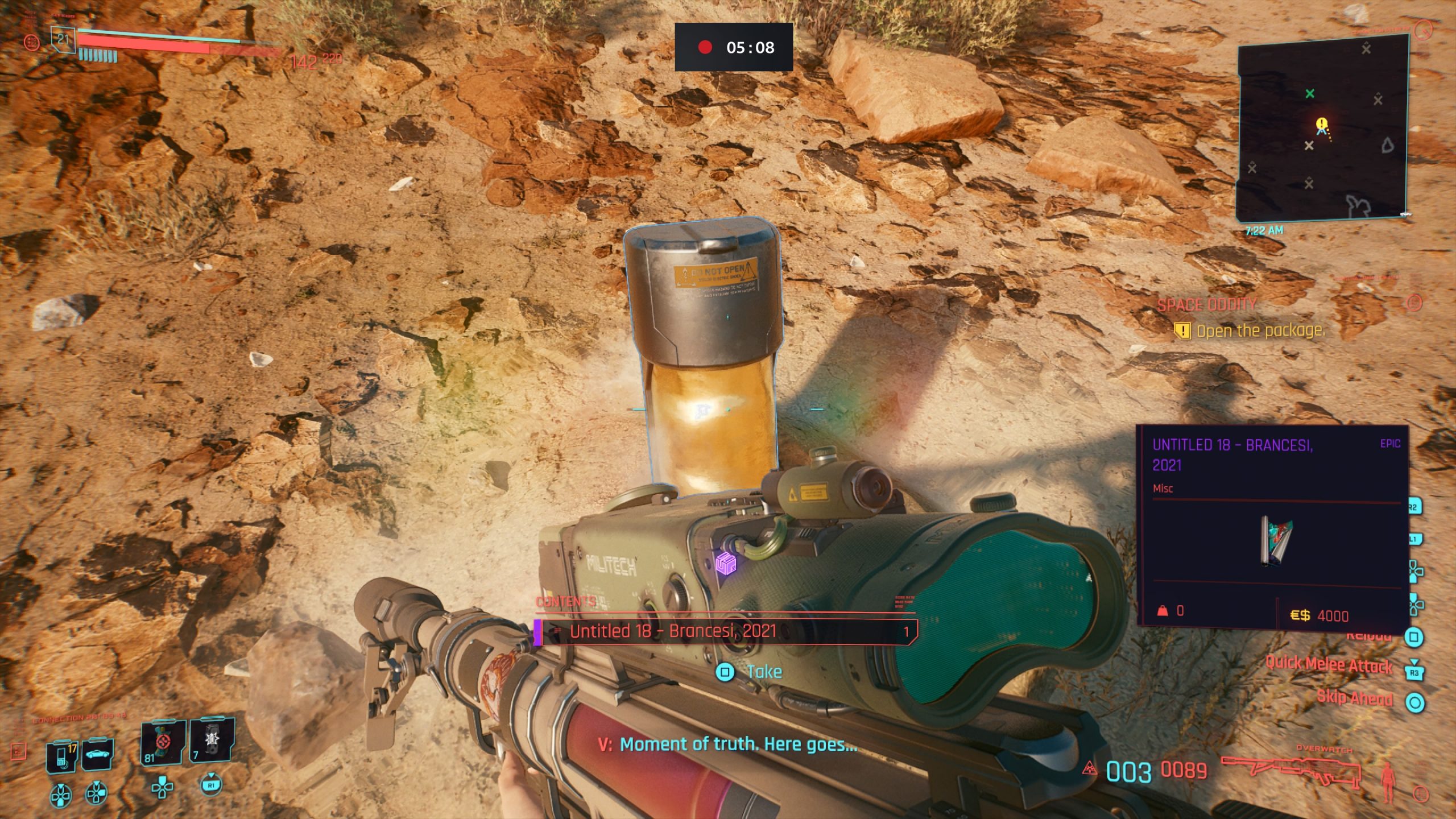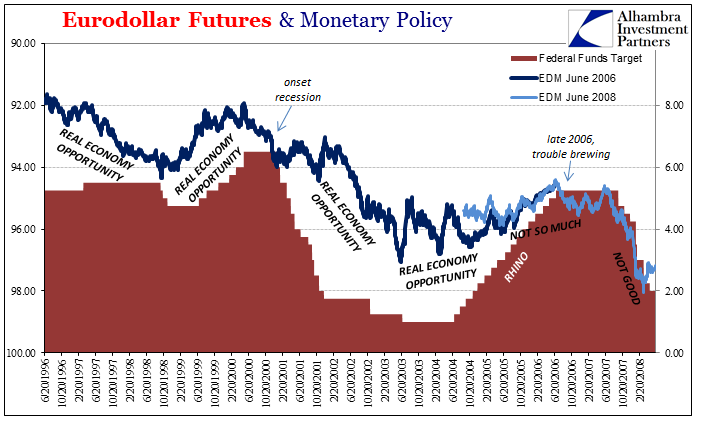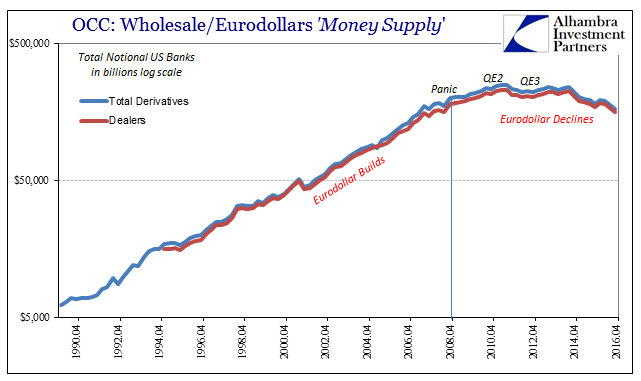Eurodollars
At times, it is beneficial for a person or organization to hold bank deposits denominated in U.S. Dollars (USD) at a bank that is outside of North America. These dollars are referred to as Eurodollars. Despite the name, there isn't anything necessarily European about Eurodollars. They are also completely unrelated to the Euro currency. A deposit in Japan or Argentina, denominated in dollars, would still be called a Eurodollar deposit. Most such accounts are held in Europe, but many are held in east Asia and in the island nations of the Caribbean.
The main advantage of Eurodollars is the fact that they are free of any regulation imposed on U.S. banks by the Federal Reserve, which is the central bank of the United States. Among other things, this means that banks which hold Eurodollar deposits do not have to pay deposit insurance premiums on these deposits. They are also free of the obligation commonly known as a reserve requirement. Banks in the U.S. are legally required to keep a certain percentage of depositor funds on hand as cash, and are permitted to loan out the rest. Being unfettered by the reserve requirement lets more Eurodollars be lent out to borrowers.
The process by which Eurodollars are transferred around the world can be a complex one, especially to someone unfamiliar with finance. One important thing to remember about this process, though, is that while foreign banks may hold deposits denominated in U.S. Dollars, Eurodollars never actually leave the United States. A foreign bank with a Eurodollar deposit holds that deposit at a U.S. bank, in the same way a bank customer would, but this asset is balanced by the fact that the deposit is still owed to the person whose money it is. In other words, the net effect of Eurodollars on a foreign bank's balance sheet is zero. In this sense, the deposit stays in the U.S. the whole time.
Eurodollars Eurobond
Reflecting market expectation for interest rates, Eurodollar futures are a global benchmark and a fundamental building block of the interest rate marketplace, while options on Eurodollar futures are.
- The European Currency Unit (more commonly known as the eurodollar or ' eddies ' for short, though also referred to as: euro, holos, color, new script, white/white script, Ebucks, or Smuggies) is the primary.
- Eurodollars are deposits of US dollars in banks outside of the United States – typically in Europe (hence the name). As the deposit is made outside of the US it escapes banking regulations from the Federal.


The first Eurodollars were created in the 1950s as an indirect result of the expanded foreign holdings of dollars following World War II. Apart from foreign deposits of dollars, some countries, including the Soviet Union, had deposits in American banks. Following certain events of the Cold War, the Soviet government was fearful that its assets in the U.S. would be frozen.
To protect against this possibility, some Soviet holdings were transferred to a Soviet-owned bank that had a British charter, with the idea that the British bank would in turn deposit the money in American banks. This way, the Soviets could still have assets in the U.S., and they would be protected from seizure by the fact that the money was directly controlled not by the Soviets, but by Britain. On 28 February 1957, the first Eurodollars were created in this way, in the amount of an $800,000 USD deposit.
The Eurodollar futures contract is one of the largest and most successful interest rate-based contracts.
Eurodollars should not be confused with the currency of the European Union which is known as the euro. A Eurodollar and a euro are not the same thing.
Eurodollar is a term that refers to any United States dollar (“U.S. dollar”) held outside the U.S. banking system. In other words, there can be Eurodollars in the UK, the UAE, Brazil, Burundi, etc. They can even exist in the United States if held in a branch of a foreign bank. The term is not determined by geographical location.
After World War II when recovering economies gradually began to accumulate onto U.S. dollars, some countries preferred not to repatriate U.S. dollars through U.S. banks, but instead held them “off-shore”, primarily in London-based banks out of the reach of the United States government.
Eurodollars Are Deposits In
Over time, a bank lending market grew up around this pool of funds.

British bankers began referring to the lending rates in this market as the London Inter-Bank Offer Rate, also known as ICE LIBOR.
ICE LIBOR has grown into a set of rates across the length of the yield curve from overnight to twelve months.
Eurodollar futures at CME Group are based on the three month ICE LIBOR underlying rate and listed under the March quarterly cycle for 40 consecutive quarters, plus four serial contracts at the front end of the curve.
Eurodollars are financially settled products, and expire on the second business day that precedes the third Wednesday of each contract month, which is usually a Monday.
Summary
Eurodollar futures contracts are used by a wide array of users, from banks to proprietary trading firms and commercial businesses to hedge funds.
So, if you have U.S. dollar market exposure, Eurodollar futures can help manage your risk.